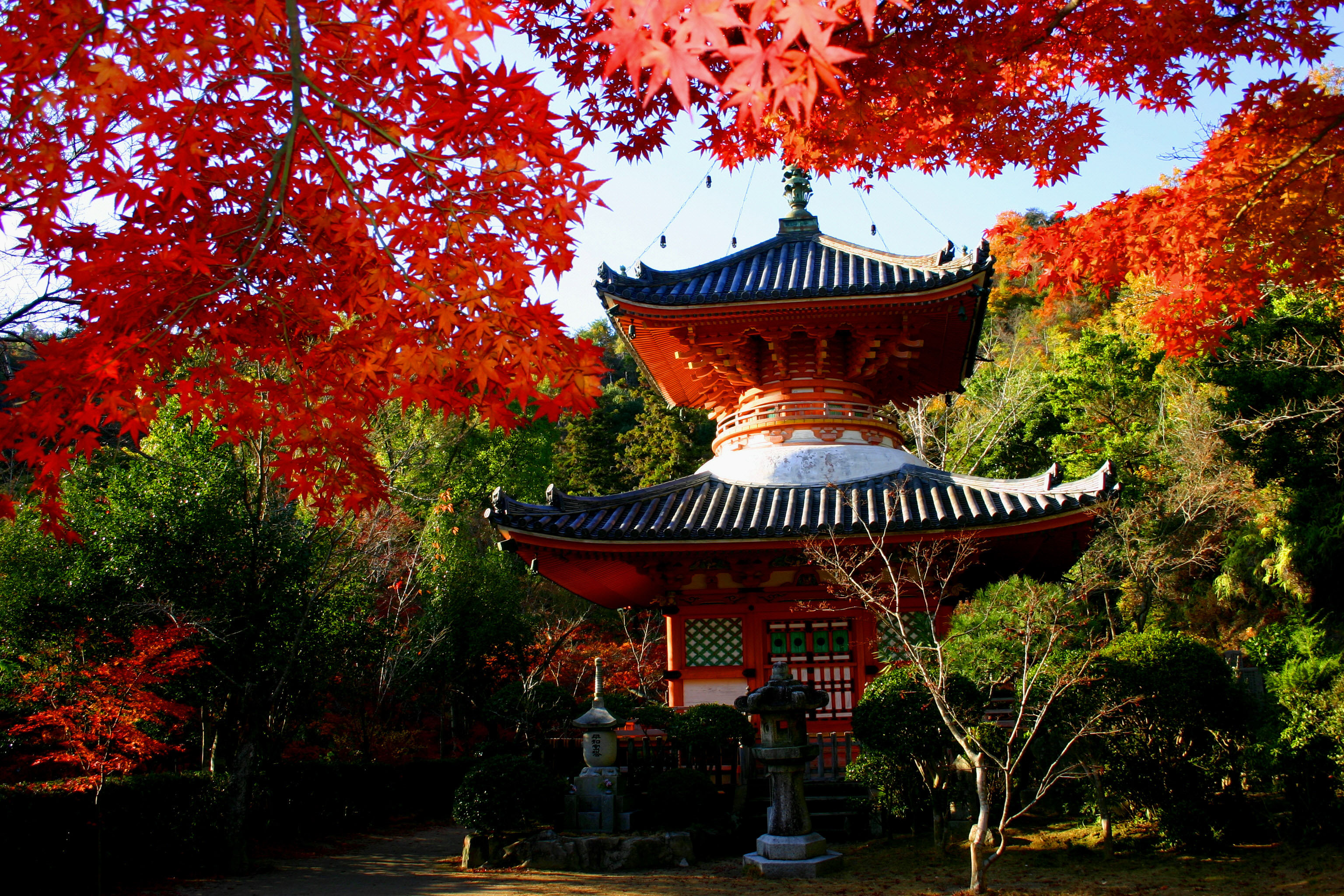'It's Tokyo minus the stress." That's how one Japanese colleague described Hiroshima to us shortly after my wife, Angeles, and I arrived here, near the end of the last millennium. So, what's its secret? Well, there's its size for a start. And having six rivers flowing through it certainly helps. But, as we discovered, the key to Hiroshima's laid-back charm lies in its serene green spaces.
Prior to moving to Japan, I'd never stopped to consider what the explorer and art historian Langdon Warner (the inspiration for Steven Spielberg's Indiana Jones character) called the "spiritual symbolism" of Japanese gardens. They were designed, wrote Warner, to "express the highest truths of religion and philosophy precisely as other civilizations have made use of the arts of literature and painting."
I first glimpsed what he meant after stumbling upon some of the tiny gardens tucked away beside temples that most tourists never get to see. Like the intimate Seiganji, which is exquisitely designed with the economy typical of all Zen art: a little pond, a maple, a stone lantern or two, an azalea. Its message is clear: This garden is intended for meditation, not walking round or playing in.



